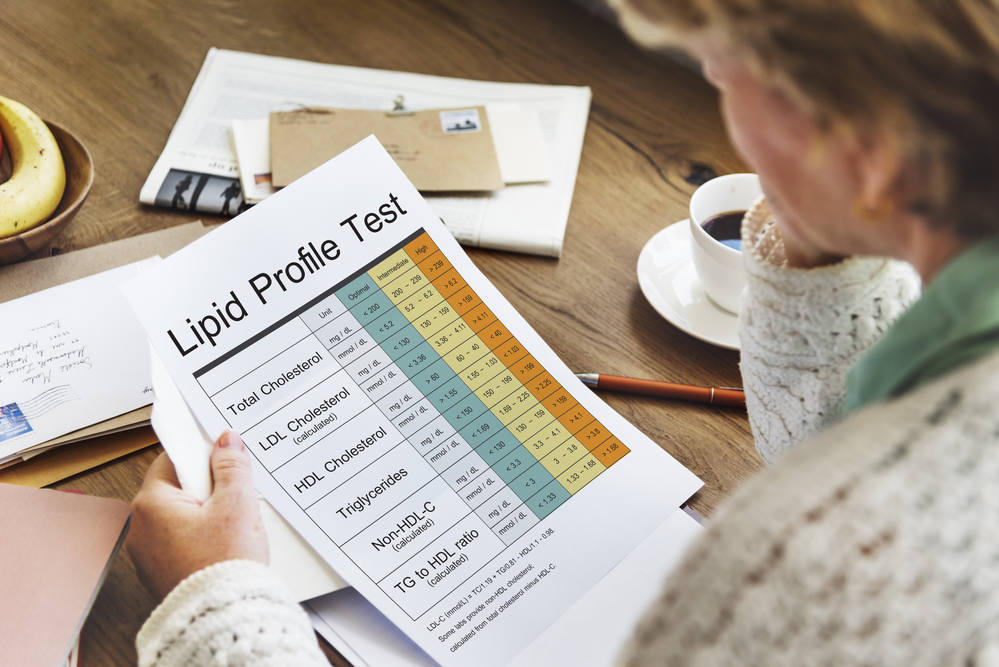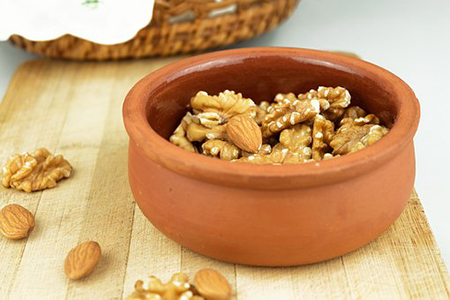Six tips to lower your cholesterol

Does your physical examination report show high cholesterol levels? If so, while taking cholesterol-lowering drugs, some changes like keeping a healthy and balanced diet and doing regular exercise are also necessary. The article gives some tips to help control cholesterol levels.
1. Distinguish “good” and “bad” cholesterol
We need a certain amount of cholesterol to maintain the function and development of our bodies.
Excessive intake of saturated fat in our daily diet can increase low-density lipoprotein cholesterol (LDL-C), known as “bad” cholesterol. High levels of LDL-C increase the risk of cardiovascular diseases.
In contrast, unsaturated fatty acids can increase high-density lipoprotein cholesterol ( HDL-C), the so-called “good cholesterol”, to help reduce the excess cholesterol in the blood.
Some unsaturated fats like rapeseed oil and olive oil are good choices for increasing “good” cholesterol and lowering “bad” cholesterol, while butter and palm oil should be consumed as little as possible for they are rich in saturated fats.
2. Start with whole grain breakfast
Why not replace oil cakes with a bowl of oatmeal for breakfast?Carbohydrates and dietary fiber in whole grains can provide enough energy and keep us feeling satisfied for longer, thus preventing us from overeating at lunchtime.
Whole wheat foods include brown rice, oats, barley etc. They help reduce the level of LDL-C and bring health benefits for people who want to lose weight.
3. Control food intake
Obesity is associated with many diseases including high cholesterol levels.
There is an easy way to assess how much you eat. For a healthy elderly person, a suitable meal should include a palm-sized piece of meat or fish, a big plate of vegetables, a fist-sized portion of fruits, and one handful of staples.
Now take a look at whether you are eating too much.
4. Choose healthy snacks
When you feel full but still want to eat something, healthy snacks are good choices.
Nuts are rich in monounsaturated fat, and eating about 30 grams of nuts a day can reduce the risk of heart disease. But do not eat too much because they are high-fat and high-calorie. And avoid sugar-coated and salty flavor.
Fruits are high in vitamins. Use them to replace oily snacks. Yogurt is a good choice but always choose ones with a few sugars.
5. Go workout
Exercise brings many health benefits. Moderate exercise helps lower LDL-C and raises HDL-C to reduce the risk of stroke and heart disease. Also, it can effectively control weight and reduce the risk of arterial embolism.
It is advised to do 30 minutes of moderate-intensity exercise a day, five days a week.
Find every chance to move. Don’t always keep sedentary at home. You can take part in many activities like gardening, dancing, walking your dog, or even house cleaning.
6. Keep relaxed
Nervous emotions can increase blood pressure, thus increasing the risk of atherosclerosis. Studies have shown that for some people, excessive mental stress can directly raise plasma total cholesterol.
Keeping a good mood, doing moderate exercise, and taking proper medications are all effective methods to release stress.
Try mindful meditation which is a good way to ease anxiety and mental stress. Find a good spot to sit comfortably, focus on your breathing, and then bring your mind’s attention to the present without drifting into concerns about the past or future.


